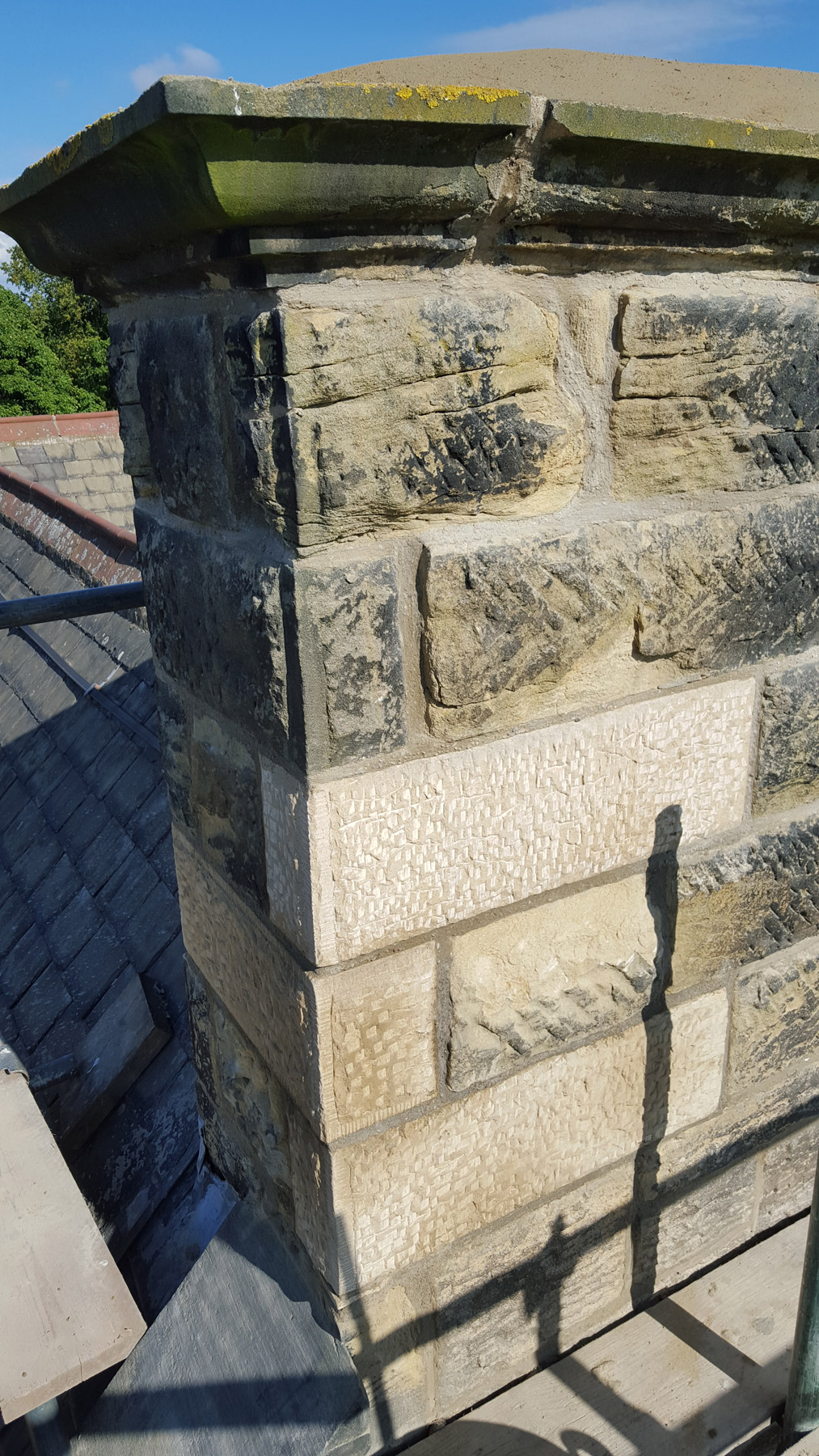Every ancient building tells a story, etched into the very stones that will make up its structure. Over time, however, these gems can suffer coming from wear and harm, losing the sweetness that will once defined all of them. Stone restoration will be not merely a repair process; it is an artwork that combines ability, knowledge, and a new deep appreciation regarding history. By understanding what stone recovery entails, homeowners and even preservationists alike can ensure that these kinds of remarkable features happen to be not only conserved but also recognized for generations in order to come.
In this extensive guide, we will explore the many facets of rock restoration, including typically the benefits of engaging professional services versus tackling DIY projects. All of us will share points on maintaining in addition to restoring various varieties of natural natural stone surfaces, from marble and granite to be able to limestone and travertine. As we delve into common mistakes to stop, essential cleaning strategies, and the importance of proper sealing, you'll be better equipped to make well informed decisions about preserving your stonework. Whether you're looking to be able to restore a famous site or sustain the regarding your current home, this post will serve as your roadmap from cracks to crafts.

Understanding Rock Restoration
Stone restoration is definitely a meticulous procedure aimed at restoring and revitalizing normal stone surfaces that will have experienced use and tear above time. This training not only improves the aesthetic appeal of stone materials but also extends their own lifespan. Various factors such as conditions, usage, and servicing practices contribute to the deterioration involving stone, leading to be able to issues like breaks, stains, and erosion. Understanding the fundamentals of stone restoration assists homeowners and house managers preserve typically the beauty and honesty of their natural stone features.
A vital aspect associated with stone restoration is usually identifying the precise requires of the stone type involved. Visit Your URL , such while marble, granite, limestone, and travertine, have unique properties in addition to vulnerabilities. Knowing precisely how to treat each kind correctly ensures efficient restoration. Professionals usually utilize a mixture of techniques, these kinds of as cleaning, polishing, sealing, and restoring chips or splits, tailored to typically the material being reconditioned. This targeted method not only rejuvenates the stone but in addition protects it through future damage.
Stone repair also plays an important role in historic preservation. Many old buildings showcase delightful stonework that explains to a story regarding the architectural type of their time period. Through careful recovery, these historic components can be managed without compromising their own original character. This particular blend of artistry and technical skill highlights the importance of stone repair in the residential and even commercial contexts, generating it an invaluable investment decision for maintaining the particular charm and operation of stone floors.
Professional vs. DIY Repair
If it comes in order to stone restoration, home owners often face typically the decision between hiring a professional or having a DIY approach. Professional stone restoration solutions offer expertise that comes from years of training and experience. Specialists know how to evaluate the particular condition of the particular stone, choose the particular appropriate materials, and utilize techniques of which are not only effective but also safe for typically the particular kind of natural stone being restored. This ensures that typically the restoration process keeps the integrity plus longevity of historic materials.
On the other hand, DIY refurbishment can be a new tempting option for all those looking to cut costs or enjoy some sort of hands-on project. With the wealth of information available online, you are able to undertake basic upkeep and repairs yourself. However, without the particular proper knowledge in addition to tools, individuals may possibly inadvertently cause additional damage or fail to achieve satisfactory results. Comprehending the limits of DIY job is crucial, like a projects can demand advanced skills which are best left to professionals.
Ultimately, the selection between professional and DIY restoration will depend on on the opportunity from the project plus the homeowner's comfort and ease level with vehicle repairs. For minor cleansing and maintenance, DO-IT-YOURSELF methods may be enough, but for substantial recovery work, especially in historic stones, enlisting the aid of a specialized is often the most effective course of action. Careful consideration of the project's needs may help homeowners make the informed decision that protects their investment decision in stone floors.
Preservation and Care regarding Natural Natural stone
Proper servicing and care for normal stone surfaces are usually essential to conserving their beauty plus longevity. Regular washing is the basis of this method. Make use of a pH-balanced stone cleaner, as chemicals can damage the particular surface. For day to day maintenance, comfortable fabric or sponge in addition to warm water will usually suffice. It's crucial to avoid abrasive scrubbers that can damage the stone. Make sure spills are easily wiped up promptly in order to prevent staining, particularly on porous gems like limestone in addition to travertine.
Sealing is also an important aspect of rock care. https://nicolaisen-loomis-2.federatedjournals.com/repairing-outdoor-patios-a-comprehensive-guide from a premium quality sealant that shields against moisture in addition to stains. According to the kind of stone along with the level of employ, resealing should be done every half a year to two yrs. To check if your rock needs resealing, carry out a simple normal water test—if water beans up on the area, the seal works well; if it soaks in, it’s time to apply a new layer.
Finally, consider the environment close to stone surfaces. For outdoor stone, typical maintenance includes taking away debris, leaves, and organic matter of which can result in mildew and algae expansion. In addition, monitor for any splits or damage that will may develop over time, as early intervention can avoid more extensive refurbishment work. By prioritizing these maintenance practices, you can ensure your natural rock surfaces remain gorgeous and durable for years to come.
